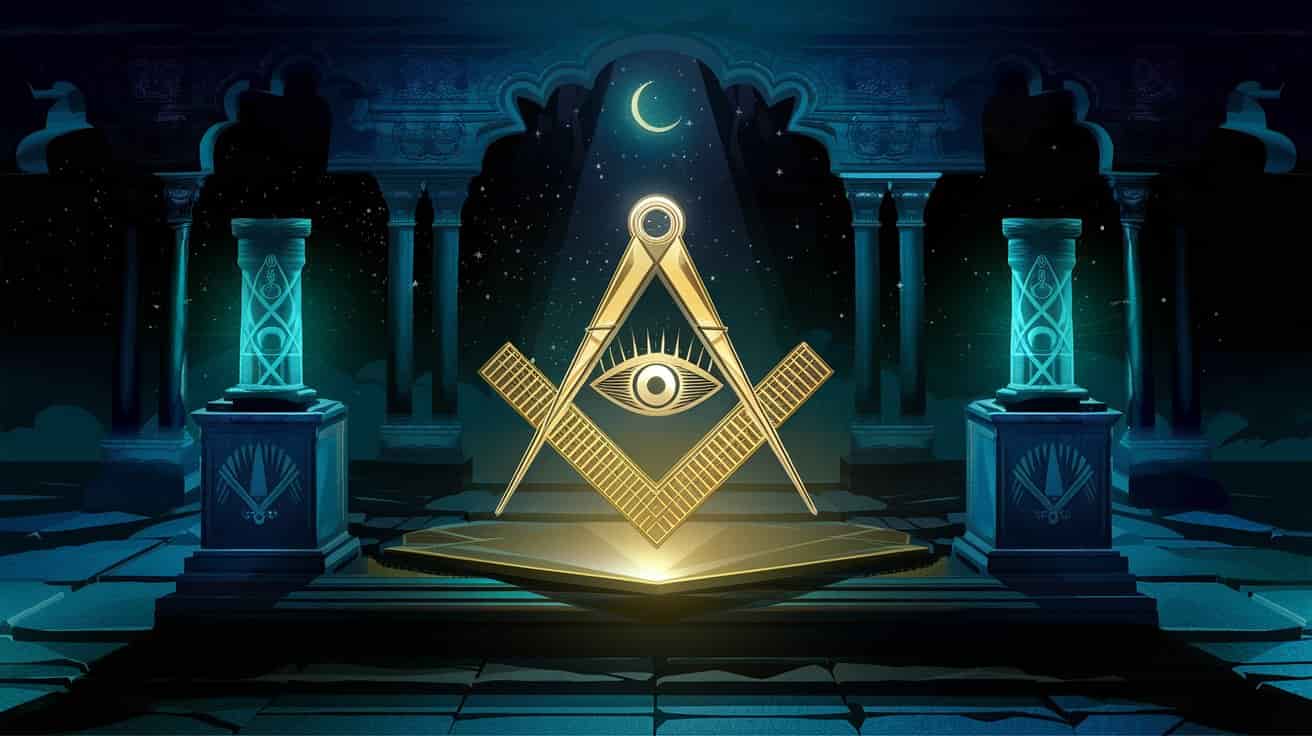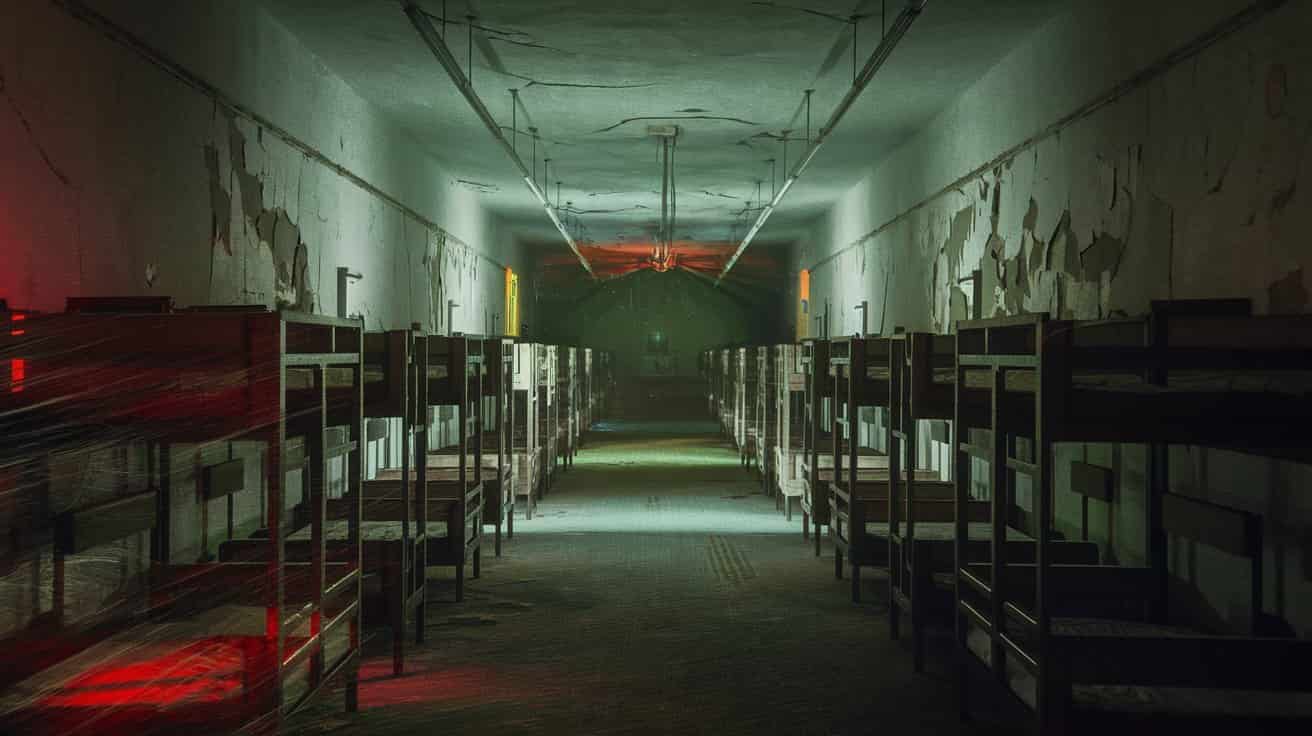Demonic Entities and Spirits
Demonic entities and the concept of spirits have captivated human imagination for centuries. These beings appear across various cultural and religious narratives, sparking debates about their existence. In this post, we’ll explore the myths and realities associated with these mysterious entities.
Demonic Entities: Myths
Demonic entities are often linked with evil and chaos. In different cultures, such as Islam, which speaks of jinn and Shaytan, and Christianity, which refers to demons, these beings are depicted as malevolent forces. Hinduism also mentions similar entities known as rakshasas.
Myths suggest that these entities can possess individuals or cause physical harm. Historically, such beings were often blamed for misfortunes. Cultures developed various rituals and protective measures to defend against these perceived threats.
Demonic Entities: Realities
From a scientific standpoint, there is no solid evidence supporting the existence of demonic entities. Modern psychology and neurology propose that experiences attributed to these beings might be the result of psychological conditions. For instance, sleep paralysis can lead to sensations that people interpret as encounters with malevolent forces, though this is due to temporary brain confusion.
Many historical events attributed to demonic entities can often be explained by natural causes. Diseases, natural disasters, and other occurrences may have been misunderstood as the influence of malevolent forces.
Spirits: Myths
The idea of spirits often involves the notion of souls persisting after death. Various cultures believe that these entities can interact with the living, leading to ghost stories, hauntings, and rituals aimed at communicating with them.
Legends often depict spirits as unsettled souls who linger due to unresolved issues or traumatic experiences. These entities are frequently associated with specific locations, such as old homes or graveyards, where they are said to appear or cause disturbances.
Spirits: Realities
The existence of spirits has not been scientifically proven, and many researchers attribute experiences of such entities to psychological or environmental factors. For example, certain low-frequency sounds can create sensations that may be mistaken for ghostly encounters.
Additionally, the brain can produce vivid hallucinations, especially during transitions between sleep and wakefulness or under significant stress. These experiences, while real to the individual, may not necessarily indicate the presence of actual spirits.
The concepts of demonic entities and spirits are deeply embedded in cultural and historical contexts, reflecting humanity’s attempts to understand the unknown. While scientific evidence for their existence is lacking, these ideas continue to inspire fascination and curiosity.



Post Comment